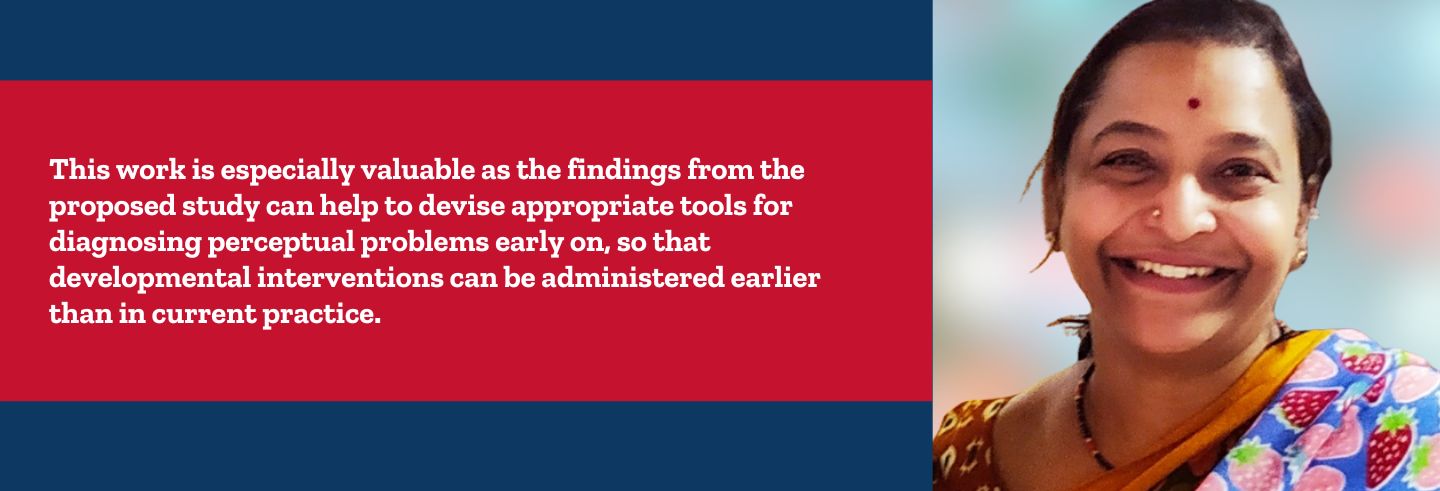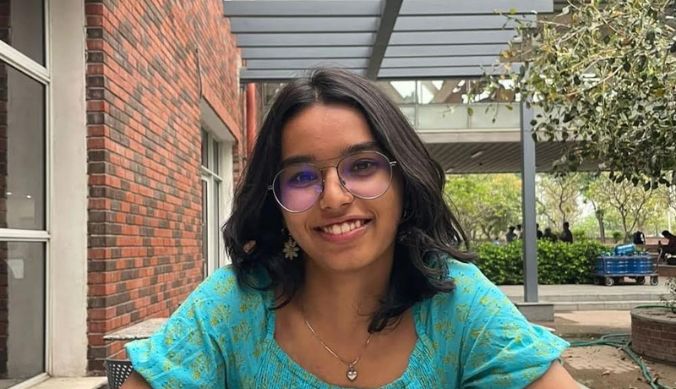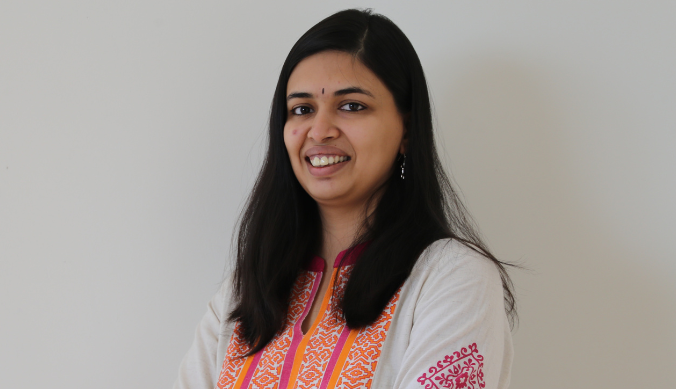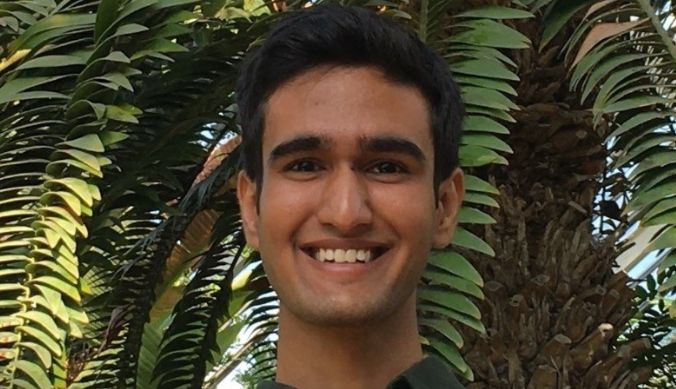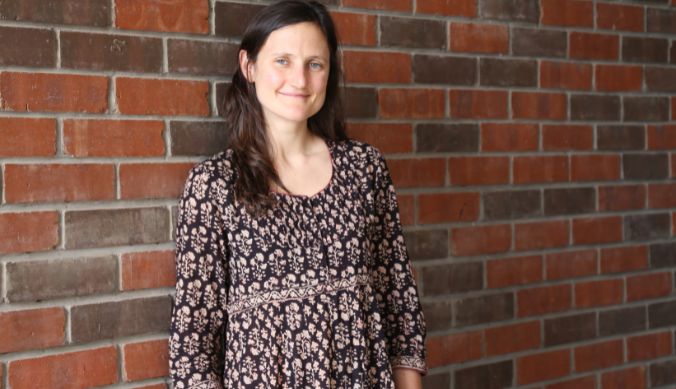Infant Research on the Move: What’s really going on in babies’ tiny minds?
This research led by Prof. Madhavi Maganti investigates some novel perspectives for studying infant’s situations in order to understand what goes on in their tiny minds. The group also investigates if at-risk infants show any delays in perceiving information that may eventually lead to cognitive delays
Endowed with a mind and body of their own, infants are capable to explore the world around them and achieve an intelligence that seems amazing. How do infants achieve these abilities? Examining infants seems to be more like a BINGO card puzzle where there is a certain order but the outcome at each particular time depends on the numbers in the other squares. To unravel the complex and cascading puzzle called development, researchers need to see many perspectives to explore the dynamic process of development.
Prof. Madhavi Maganti’s lab in the Department of Psychology at Ashoka University investigates some of the newer perspectives for studying infants’ situations and renders opportunities to observe and understand what goes on in the minds of infants in many different ways.
The aim of this research is inclined towards discerning the dynamics of infant cognition. Specifically, how do infants make sense of what they see, hear, and touch in their caregiving environment? From the flux of multimodal stimulation (when two or more sensory systems such as vision, hearing, and touch originate from the same source) comprising a dynamic flow of events, newborn infants are perceptually sensitive and equipped to acquire knowledge about objects and events in their caretaking environments. Researchers at Ashoka are interested in examining how these early experiences provide a newer perspective to investigate infants’ understanding of what needs to be learned in order to learn about the world around them.
Furthermore, Prof Maganti’s lab is also explicitly focused on studying if at-risk infants* show any delays in perceiving information from the caregiving environment and if these delays may manifest as cognitive delays later in life. Studying these remarkable abilities from the neonatal period (period from birth to four weeks) has spurred infancy research towards understanding what goes on in the tiny minds of infants.
Strategy Adopted
How infants perceive events like the sight of a talking person, clapping of hands, and toy sounds from objects that have two or more modalities like visual, auditory, and tactile senses originating from the same source are examined from mother-child interactions and also from assessing these perceptual abilities using eye tracking measures.
Specifically, the interactions are videotaped and hand-coded for fine-grained analysis of how infants make sense of maternal interactions and respond to the information. Further, for studying infants’ perceptual sensitivity to multimodal information, researchers measure infants’ looking time from eye tracking to examine if preterm infants show delays or perceive multimodal events like their term counterparts. Very little is known about these initial processes of perceiving multimodal events in at-risk infants. Therefore, perceptual processes observed during the first year of life will help to understand how these impairments if any, can be precursors for early identification of later delays in cognitive, social and language development.
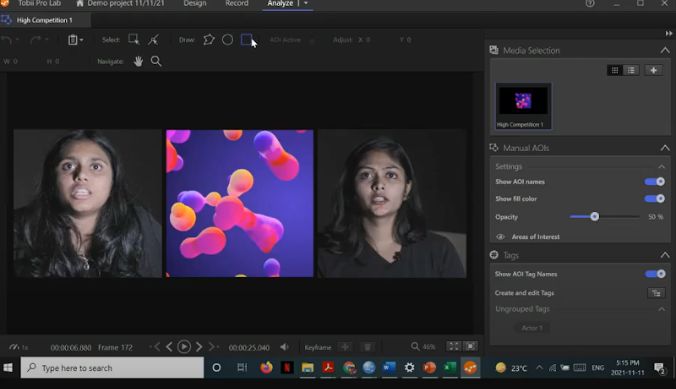
The key findings of the study that will be published soon are hinging towards caregivers’ adaptations during face-to-face interactions between mother-child dyads with their at-risk infants. Mothers or caregivers of at-risk infants combine tactile stimulation with auditory-visual information to highlight the multimodal information and help recruit attention. These at-risk infants have low levels of alertness as they have a highly compromised neurosensory system that is not ready to detect multimodal information. Sometimes, these interactions can be overstimulating and intrusive for the infant. Ashoka researchers are in the process of testing more at-risk infants at different time points to examine if these delays in perceiving multimodal events continue in the first year.
These neonates have a higher probability of displaying delays or deficits in one or more areas of development like motor, sensory, speech, language, communication, cognition, social or emotional development when compared to the abilities of typically developing infants. This work is especially valuable as the findings from the proposed study can help to devise appropriate tools for diagnosing perceptual problems early on, so that developmental interventions can be administered earlier than in current practice. Saving brains for improving neurodevelopmental outcomes!!


This research on infant cognition is conducted by Dr Madhavi Maganti, Assistant Professor of Psychology, Ashoka University along with Dr Arti Maria, Professor & Head, Department of Neonatology, Dr RML Hospital, Delhi and Dr Jill Lany, Senior Lecturer, University of Liverpool, UK, with support from Cognitive Science Research Initiative (CSRI) grant from the Department of Science and Technology.
(Edited by Dr. Yukti Arora)





